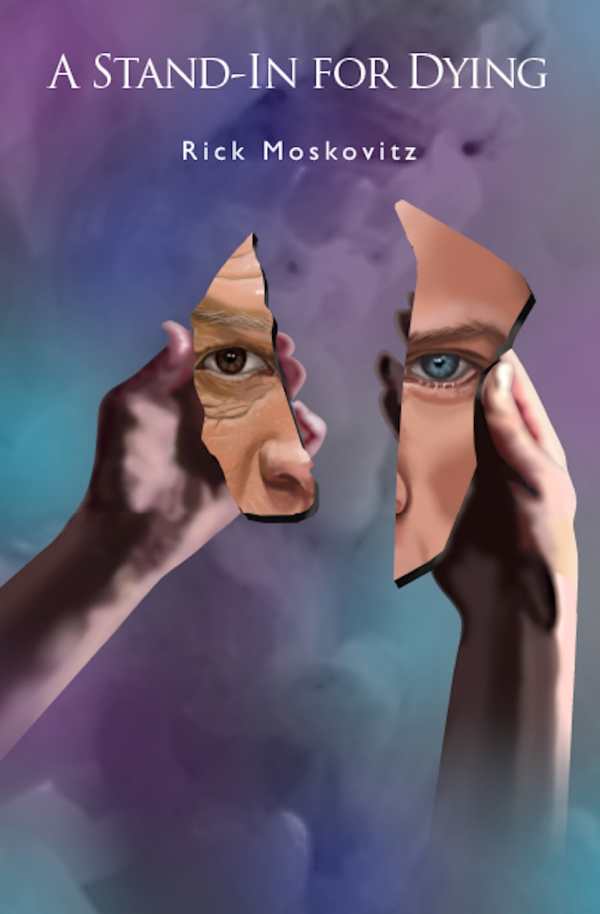A Stand-in for Dying
Book 1: Brink of Life Trilogy
A Stand-In for Dying sets up and peoples a fascinating science fiction world whose technological, psychological, and ecological environment is compelling.
Rick Moskovitz’s Brink of Life trilogy begins with a bang. A Stand-In for Dying turns cultural horror around aging into a sprawling story about the promise and perils entangled in the pursuit of eternal life.
Although the days of his life on Earth seem numbered, Marcus still runs every day. The world is short on water, temperatures are climbing, and the disparities between the rich and the poor have never been greater. Further, HibernaTurf is spreading across the world, eradicating flora and fauna as its nutritionally-empty foliage out competes native species.
When a red-haired woman who’s known as Terra appears at Marcus’s side and offers him extreme wealth in exchange for his body, his interest is piqued. The catch: his body would become the property of his benefactor, to be inhabited upon the benefactor’s demise, and to be maintained according to the benefactor’s standards until that time. Marcus has only twenty-four hours to decide before the offer goes to someone else.
In the end, Marcus gambles on himself and undergoes a secret procedure, the Ambrosia Conversion, which arrests DNA degradation, thereby conferring eternal youth and thus, eternal life. Although a secret organization is responsible for the technology, understanding it is foundational to the book’s stakes. An explanation of the conversion and other DNA-based elements of the book’s near-future world are fascinating, engaging the imagination with intriguing explications and “what if” scenarios that are grounded in science and culture. The imaginary is hauntingly real.
When Marcus decides to solve the problem of HibernaTurf, he doesn’t know his Conversion partner is HibernaTurf’s inventor, the reclusive, mentally unstable Ray Mettler. The longer the clandestine arrangements of the Ambrosia Conversion go on, the greater the shadow they cast over Marcus and Ray’s life. Exploring this shadow is the book’s core.
Marcus is heroic in the vein of a superhero, but still manages to be fascinating; Ray is paranoid, controlling, and agoraphobic, but is not easy to pin down. Marcus and Ray are dynamic twin orbits around which the rest of the story unfold, bringing in other characters—including their ambitious, also intriguing spouses—as their stories develop. Because Marcus and Ray are centralized, sometimes the fascinating characters that surround them are short shrifted, functioning as perfect helpmates or foils who show the men how to fulfill their full potentials.
A Stand-In for Dying sets up and peoples a fascinating science fiction world whose technological, psychological, and ecological environment is a compelling mix of the good, the bad, and the ugly.
Reviewed by
Letitia Montgomery-Rodgers
Disclosure: This article is not an endorsement, but a review. The publisher of this book provided free copies of the book and paid a small fee to have their book reviewed by a professional reviewer. Foreword Reviews and Clarion Reviews make no guarantee that the publisher will receive a positive review. Foreword Magazine, Inc. is disclosing this in accordance with the Federal Trade Commission’s 16 CFR, Part 255.

